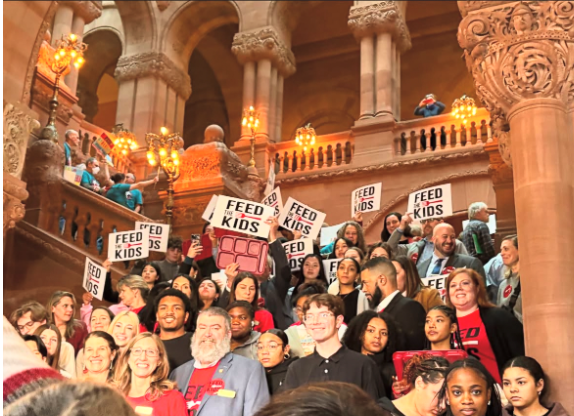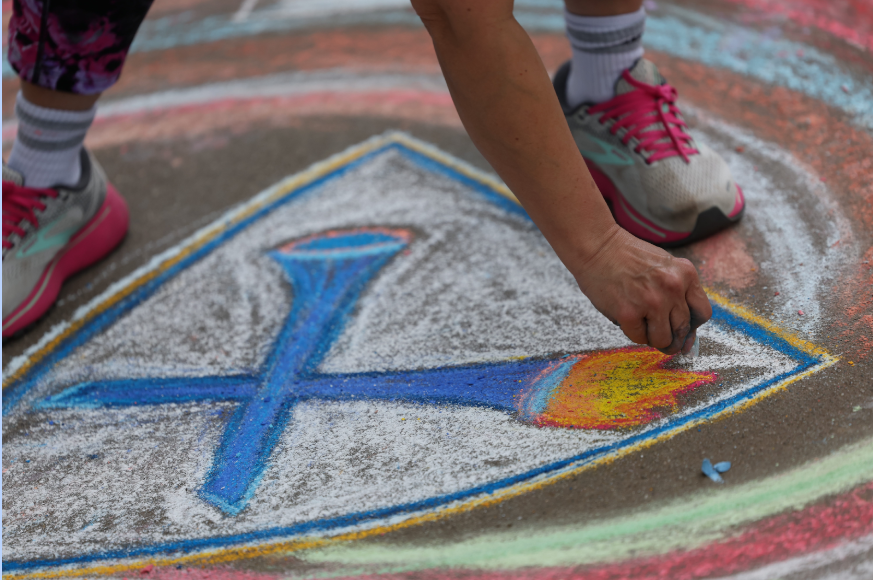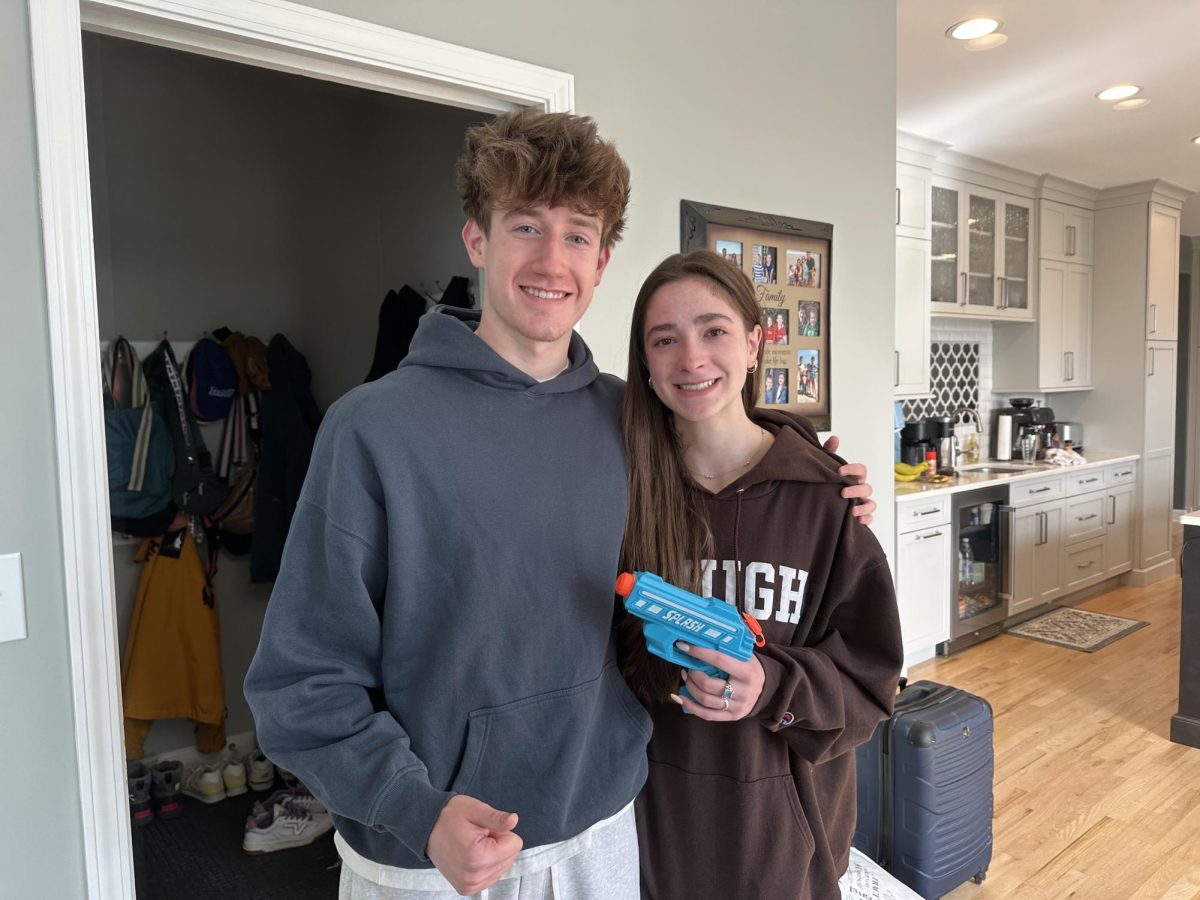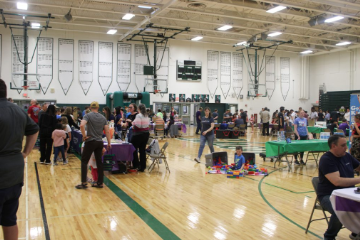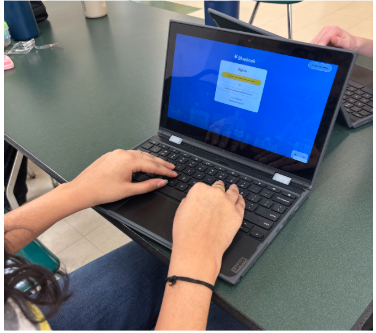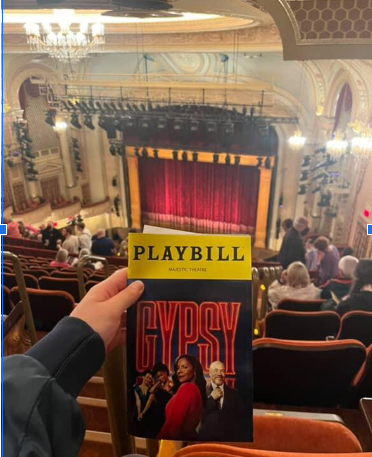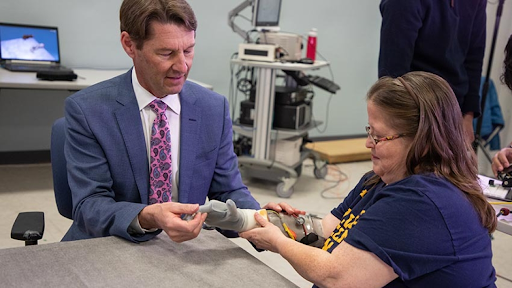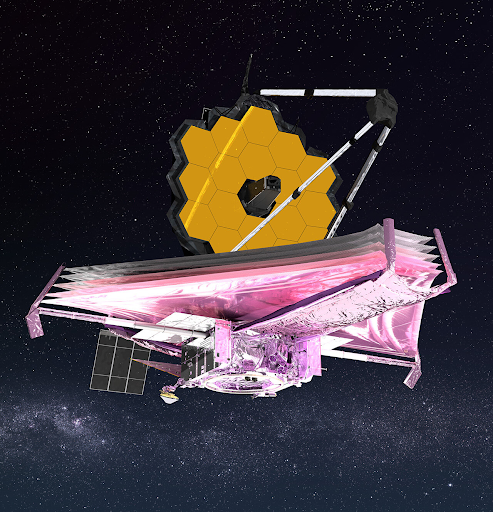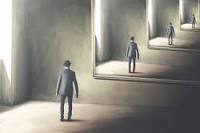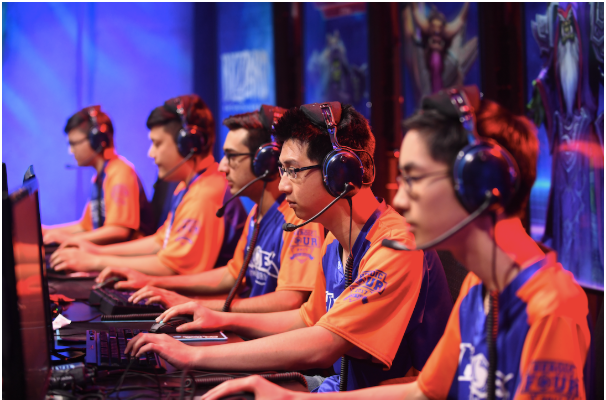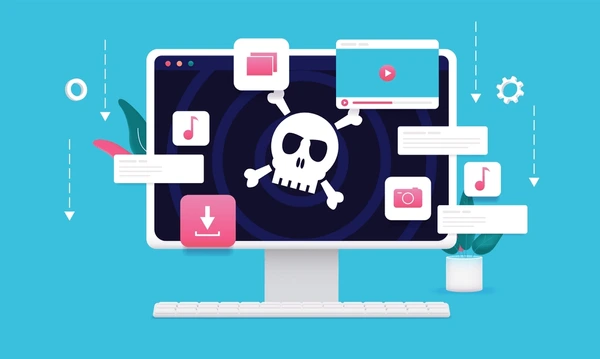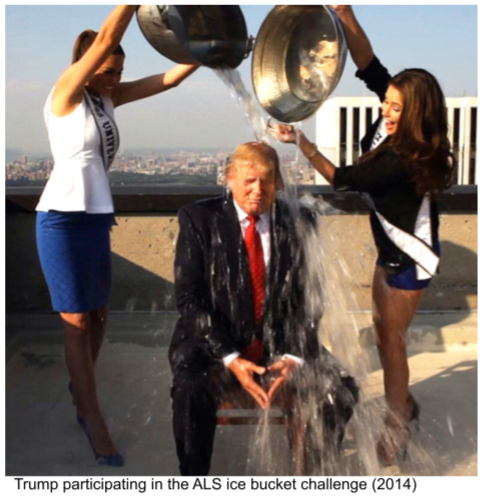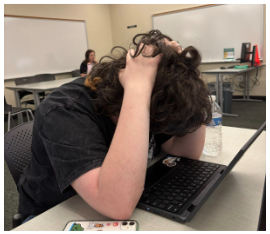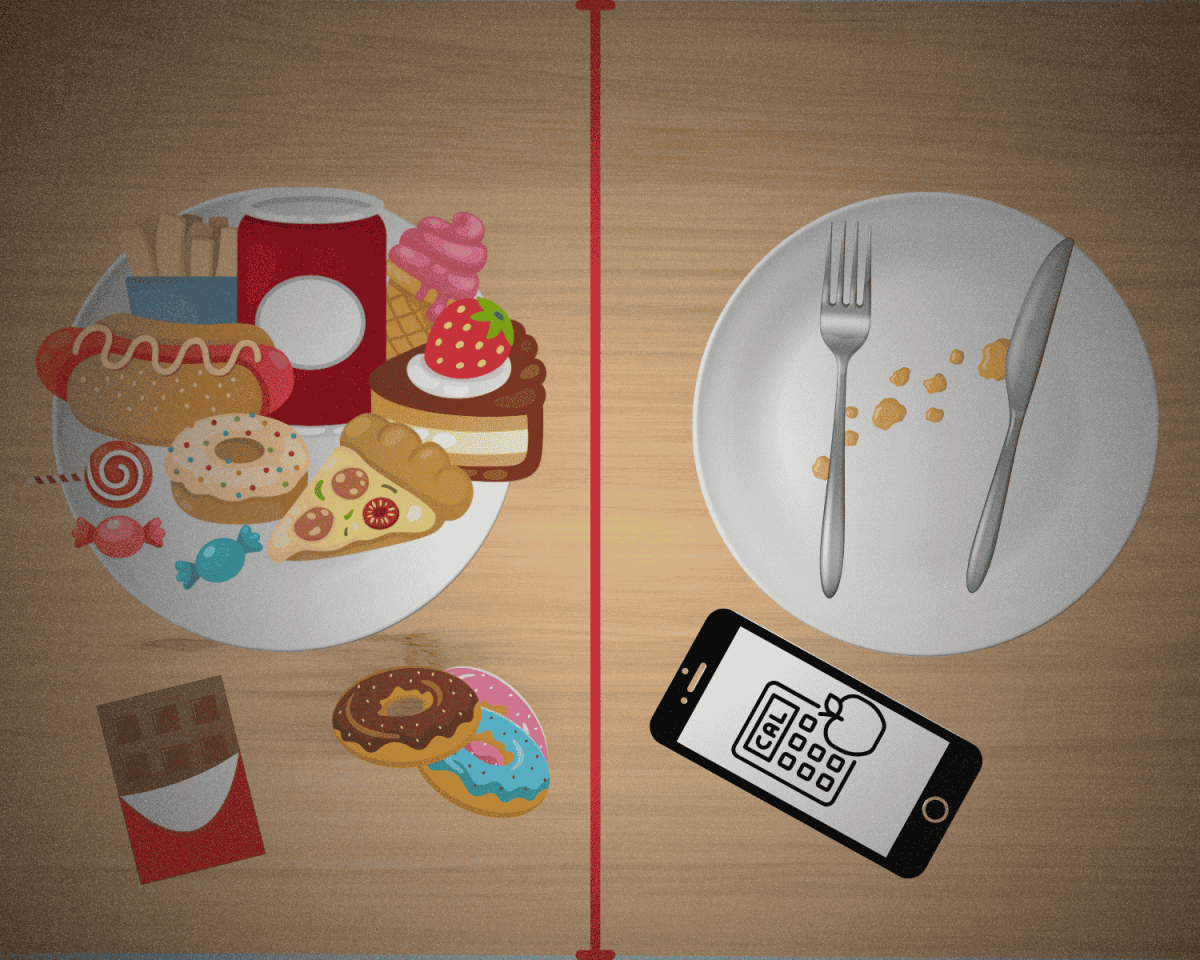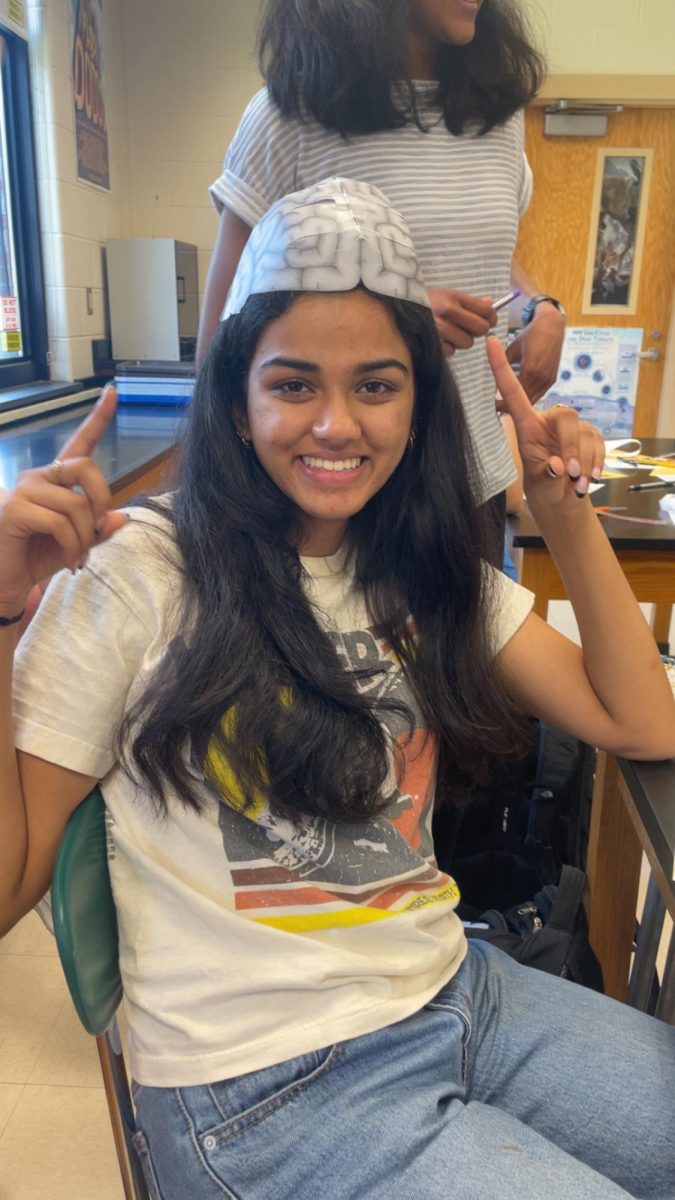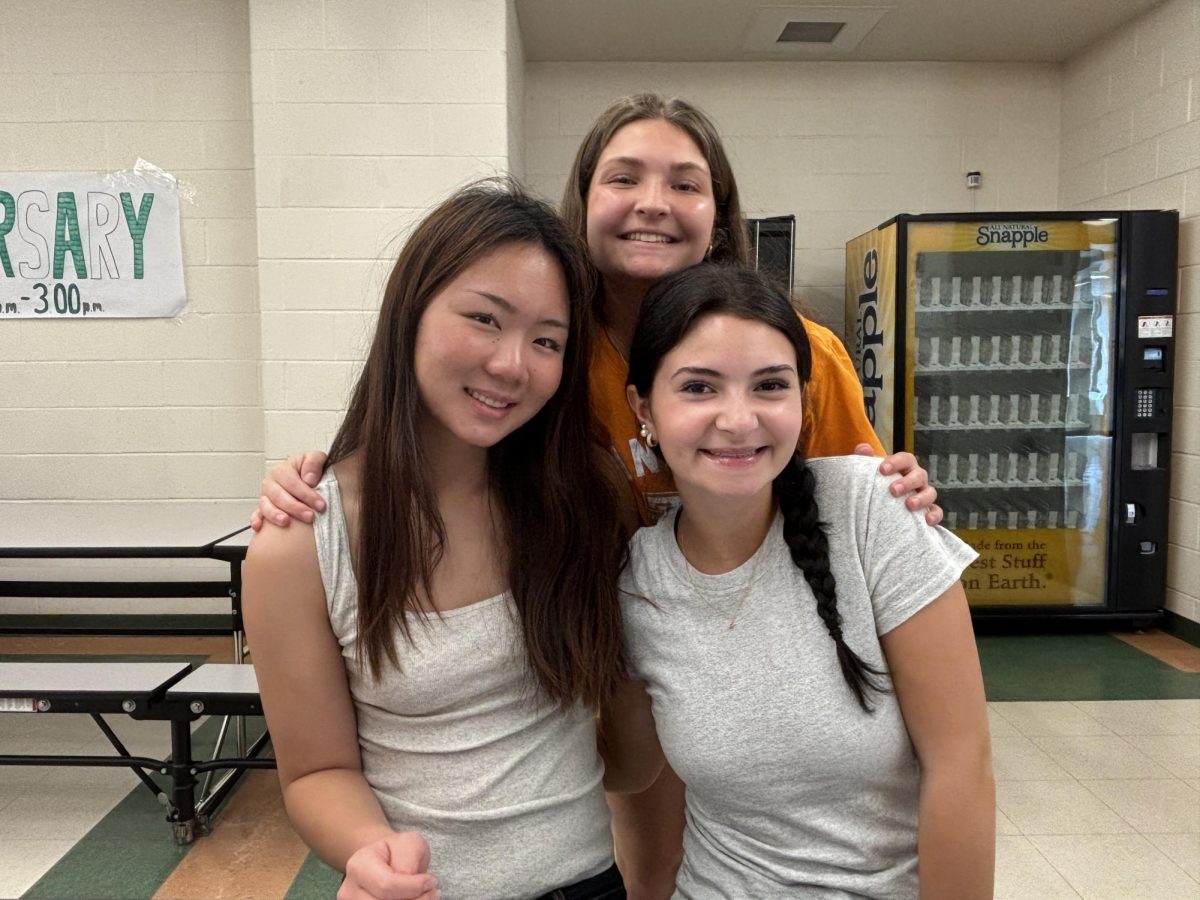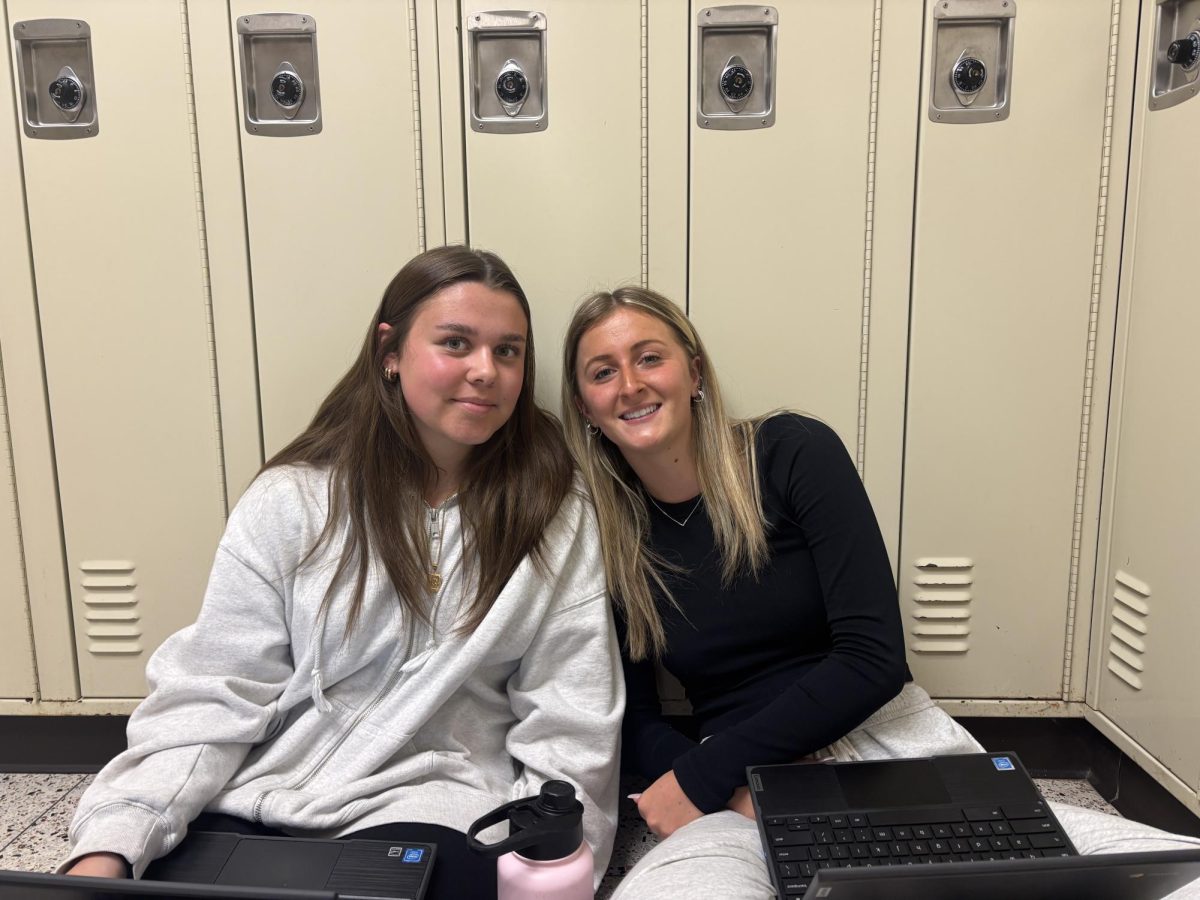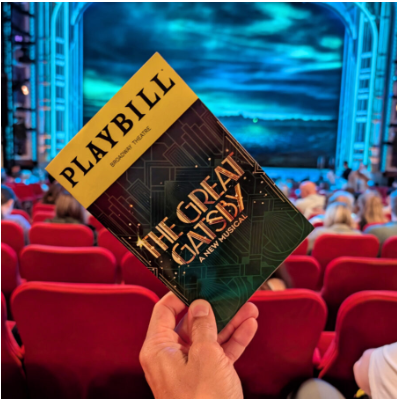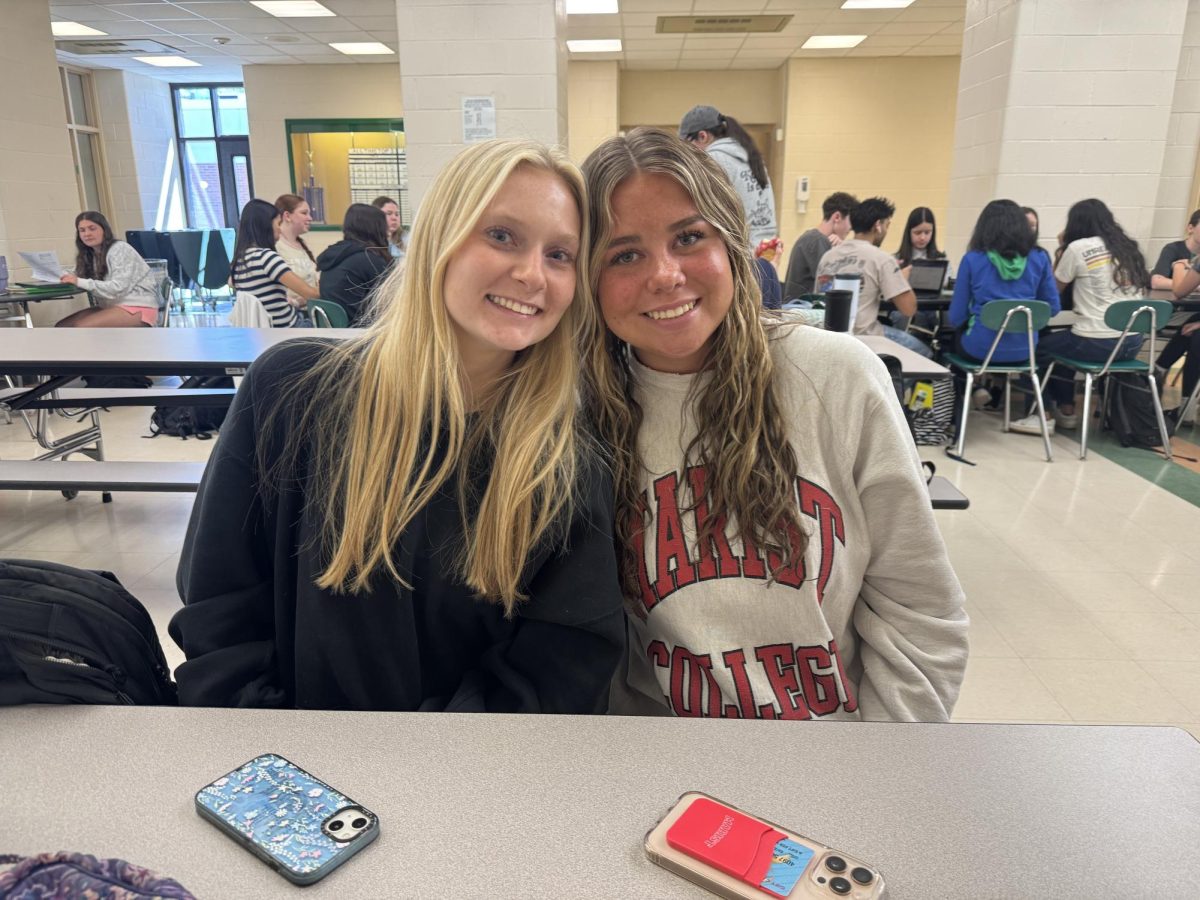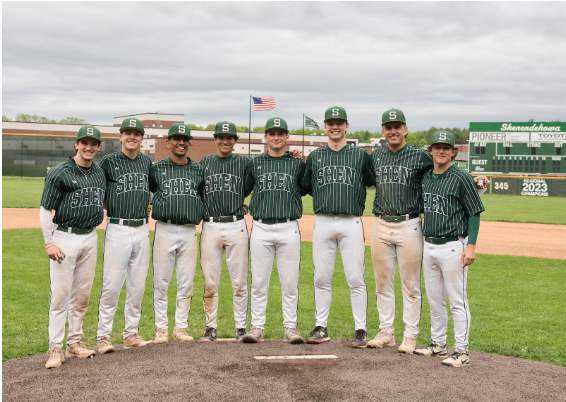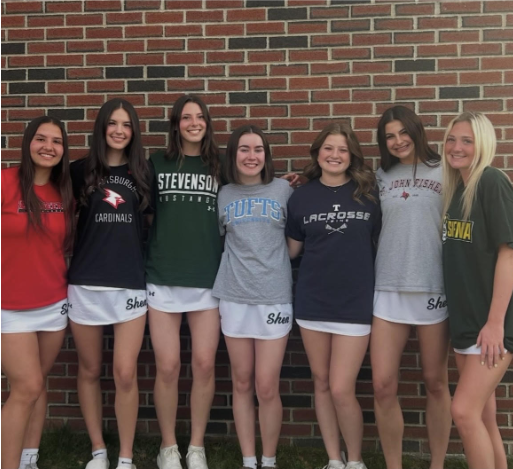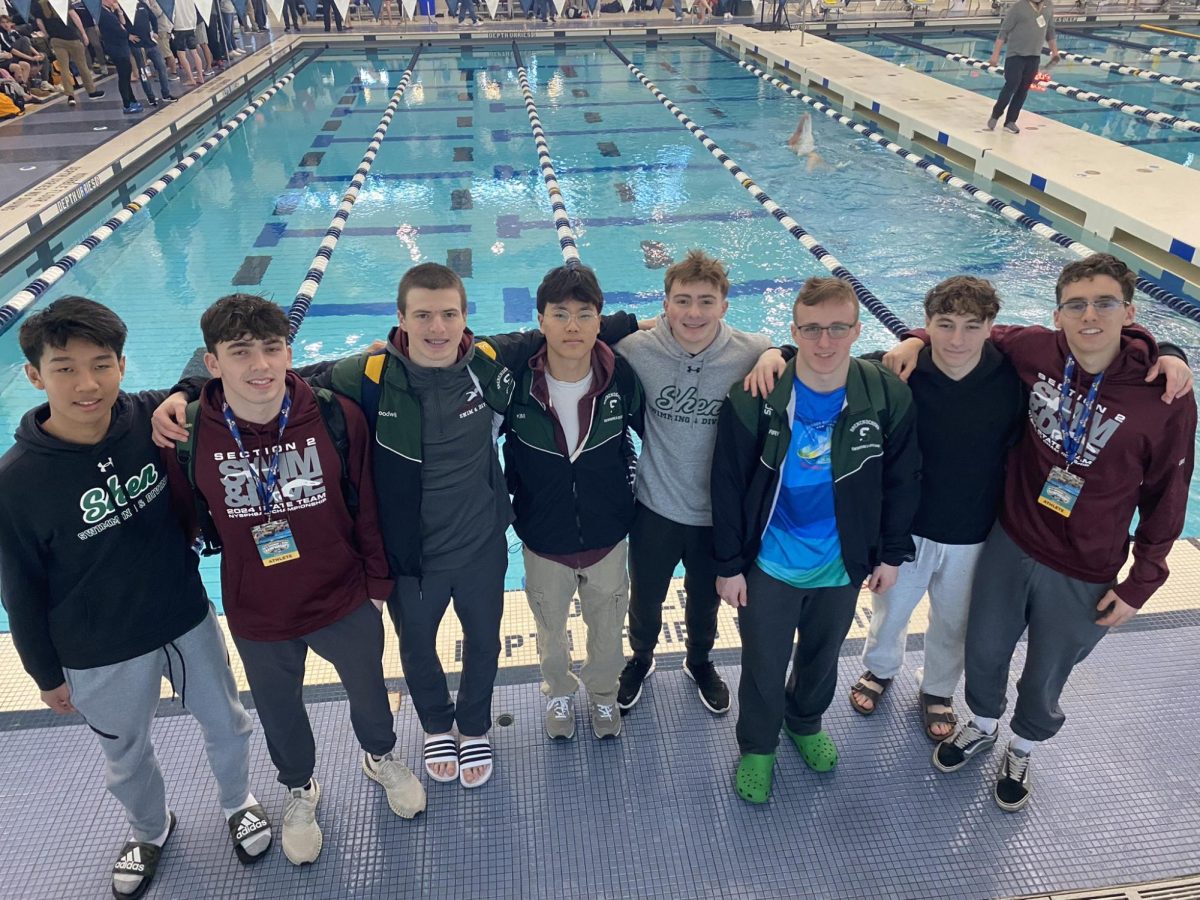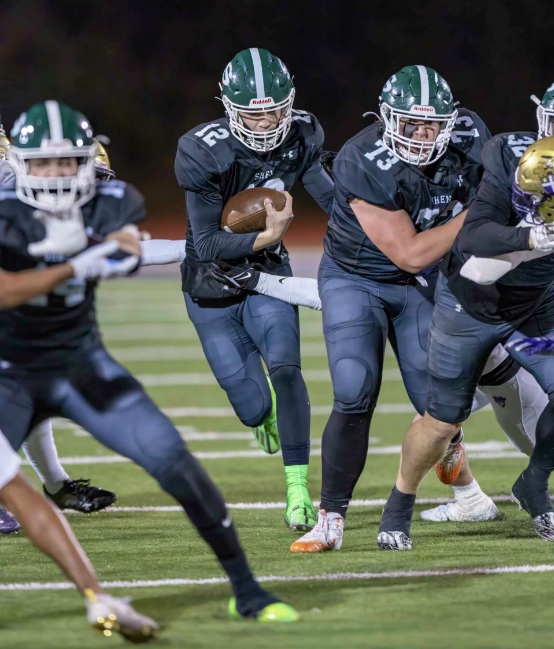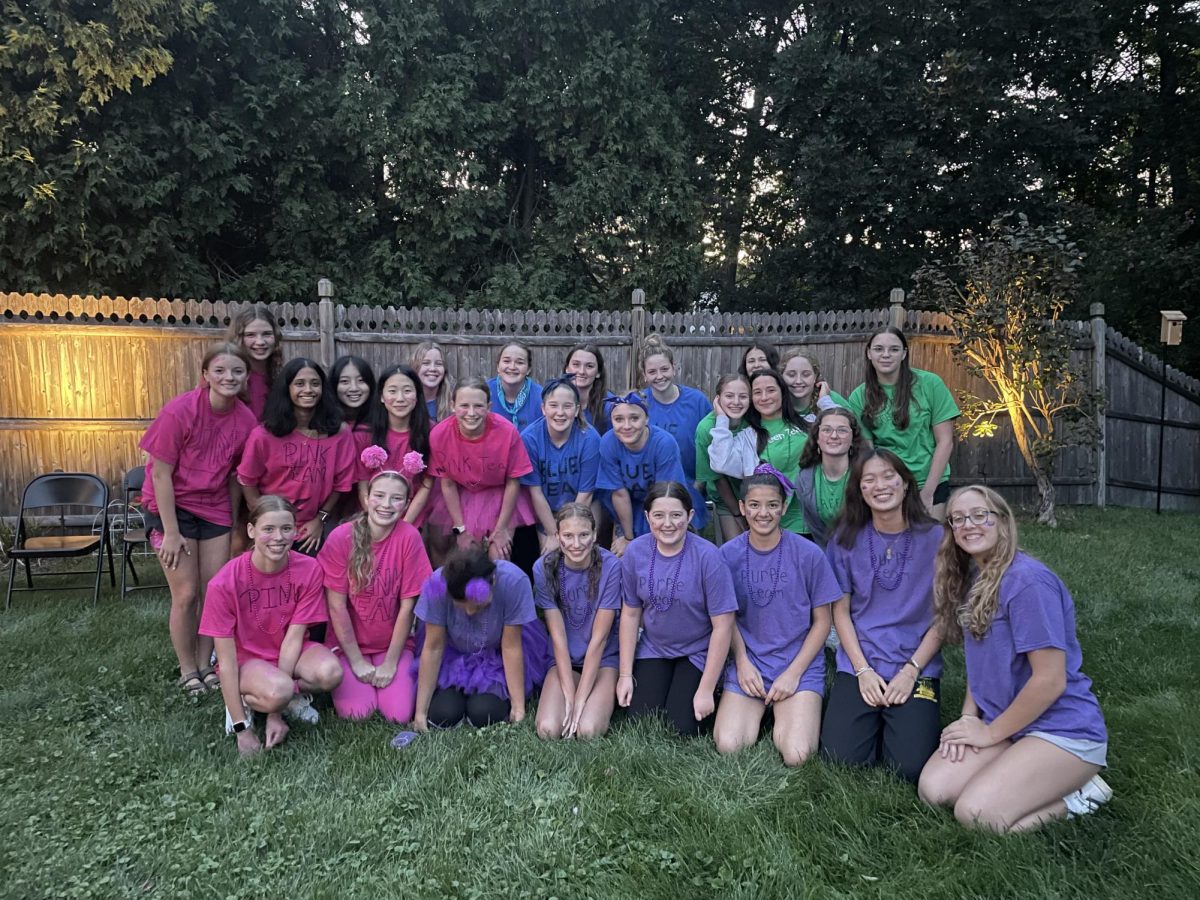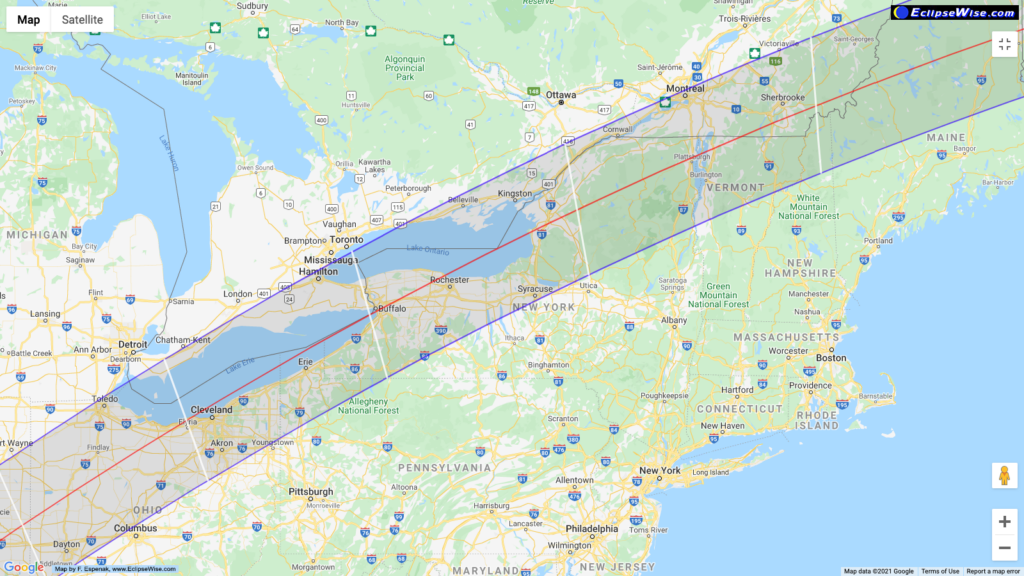Q: Why are people going crazy about the solar eclipse? What’s the big deal?
The last time New York state was able to see a total solar eclipse was almost 30 years ago, in 1994, and the next one won’t be until 2079. With this, the total solar eclipse approaching on April 8 may be the first and last solar eclipse for many, making it a once in a lifetime event.
This eclipse will take place in the afternoon, around 3:30pm, and totality will last for around 4 minutes, double the time from the 2017 eclipse.
The 2017 total eclipse was the last total eclipse viewable from the United states, but was much different from the approaching one. For one, the path of totality in 2017 was much smaller, making the eclipse visible from fewer places than this year. Around 12 million people were able to see the 2017 eclipse, while an estimated 32 million people will see this April’s eclipse.
Q:What is the science behind a total solar eclipse?
A solar eclipse is when the moon passes between the sun and the earth, either blocking part of the sun’s light, or all of the sun’s light. In this rare case, the moon blocks all of the sun’s light, causing a full eclipse to be viewed from 11 states, New York being one of them.
A total eclipse is when the central part of the shadow, the umbra, is fully shaded, Virginia Tech astrophysicist Nahum Arav explained.
This total eclipse is able to be viewed from most places in the state, causing it to be almost completely dark in the middle of the day. The visual of the moon blocking the sun creates a “ring of fire” effect around the moon, which is just the sun’s Corona, or outer atmosphere.
Arav goes on to say that solar eclipses aren’t actually that rare and happen about twice a year. “However, most of them are not observed from the United States and most of them are not total,” he said. That’s why this one is much different, in this case a significant portion of the US will be able to view the eclipse, which won’t happen again until 2044. The 2044 eclipse will only be a partial eclipse, while the next total eclipse will be in 2079.
Tips for watching the eclipse
Most people’s instinct when they hear that there is an eclipse is to look right at it, but scientists warn that the intense light from the sun can cause permanent damage to the retina. Instead, it is recommended for people to wear eclipse glasses to prevent blindness and other vision problems. These are typically around $15 dollars, and you can buy them on Amazon and most stores.
The best places to watch the eclipse are within the two purple lines on the eclipse viewing map, as these locations experience 100% totality, making it possible to see the full effect of this eclipse. However, places just outside the lines still experience from 95-98% totality, but the farther you move from the path, the less the sun will be covered.
It is also important to know exactly what time your location will have totality, as this window of time can range from less than 30 seconds to around 4 minutes, and this sight is not something you want to miss. Although you may be on the path of totality, each location experiences different lengths and times of the eclipse, so it is crucial to know when it will occur.
With this total eclipse being visible from most of New York, many upstate schools have opted to take half days and even a day off. This is mainly because the maximum eclipse occurs right when students get out of school, so students will be able to enjoy the eclipse and be in a safe place to view it.
“This is a very rare event that some people might only see once in their lifetime,” said Shenendehowa Junior, Jack Borelli. “I think that it is important for everyone to experience this, especially because we are in such a great spot to see it. ”
Shenendehowa has decided to give students a half day on April 8, which follows the plan of surrounding schools such as Shaker and Ballston Spa.
